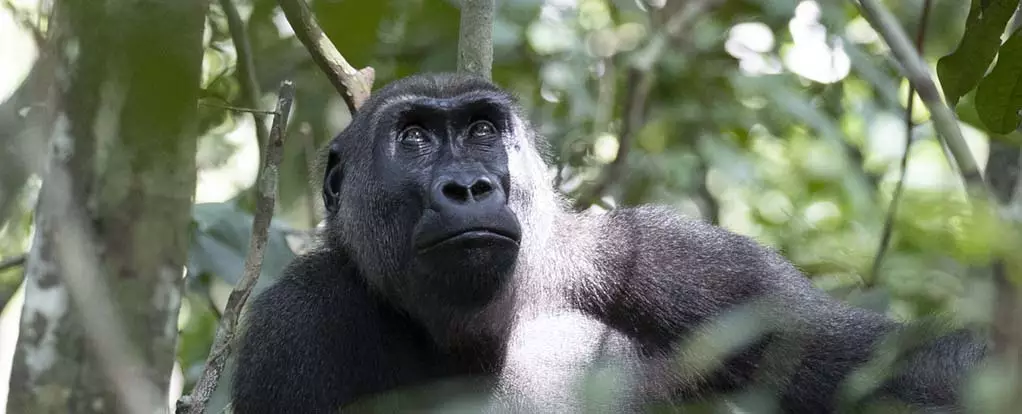The Moukalaba-Doudou National Park in Gabon is not only a haven for biodiversity but also a critical point of intersection between human and animal lives. For centuries, both gorillas and indigenous communities have relied on the plant life thriving in this lush rainforest. The unique relationship between these two species highlights a profound connection to the natural world—a bond forged by the sharing of vital resources. Recent scientific investigations have further illuminated this connection, offering insight into how traditional knowledge among local healers aligns with scientific explorations of herbal medicine.
A study led by researchers Leresche Even Doneilly Oyaba Yinda and Richard Onanga from the Interdisciplinary Medical Research Center of Franceville delves into the vast array of plant species used in traditional medicine. Their findings reflect indigenous wisdom that has recognized the healing properties of plants for generations. The researchers’ focus on the dietary habits of the western lowland gorilla (Gorilla gorilla gorilla) serves to bridge the gap between traditional ecological knowledge and scientific inquiry.
Previous studies indicated that some plants consumed by these great apes are also utilized by local healers, suggesting a shared understanding of plant-based medicinal properties. By examining four specific tree species—namely the kapok tree, the giant yellow mulberry, a particular ficus subspecies, and African teak—the researchers aimed to assess their antimicrobial and antioxidant qualities. The results were stunning; they showcased the considerable potential these plants possess in battling harmful bacteria and oxidative stress, making them significant players in both dietary and medicinal realms.
The study revealed that all four tree species exhibited antibacterial action against multidrug-resistant strains of E. coli. Notably, extracts from the kapok tree displayed extraordinary efficacy, effectively neutralizing multiple bacterial strains. Furthermore, the antioxidant properties of the ficus and African teak were particularly prominent, underscoring the essential role these plants may play in combating diseases linked to oxidative stress.
Researchers uncovered a rich chemical composition in these plants, including phenols, alkaloids, flavonoids, and proanthocyanidins—compounds known for their health benefits. This finding not only reinforces the long-standing traditions upheld by local cultures but also opens doors for new medicinal applications that could address pressing public health issues. However, the fact that clinical trials are still forthcoming means caution is warranted before jumping to conclusions about the efficacy of these traditional remedies.
Implications for Conservation and Future Research
The significance of these findings extends beyond mere botanical curiosity; they emphasize the urgency of preserving habitats like Moukalaba-Doudou National Park. As biodiversity is crucial for both gorilla survival and human health, protecting these ecosystems could yield invaluable benefits for future generations. Ultimately, this biodiversity could offer a treasure trove of undiscovered compounds, which could lead to groundbreaking treatments.
Moreover, the study subtly calls into question the practice of zoopharmacognosy—the idea that animals self-medicate using the resources available in their environment. While there is no definitive proof that the gorillas specifically seek out these plants for medicinal purposes, their dietary habits may reveal a natural intuition about wellness that deserves further investigation.
The alliance between humans and gorillas rooted in shared ecological knowledge underscores the potential of traditional medicine. As we continue to understand the complexities of these relationships, we must approach the study of plants with respect and consideration for both their historical uses and modern-day applications. The protection of biodiversity is essential not just for the creatures that inhabit these regions but also for humanity as a whole, providing a path toward future health advancements derived from natural sources.
The findings from this study emphasize the importance of collaboration between traditional knowledge holders and modern scientific inquiry. Together, they can pave the way for innovative solutions to current and emerging health challenges in our world. As we look ahead, the lessons learned from the flora of Gabon—and the beings that depend on it—invite us to reflect on our interconnected relationship with nature and the ways we can cultivate that bond for the future.


Leave a Reply